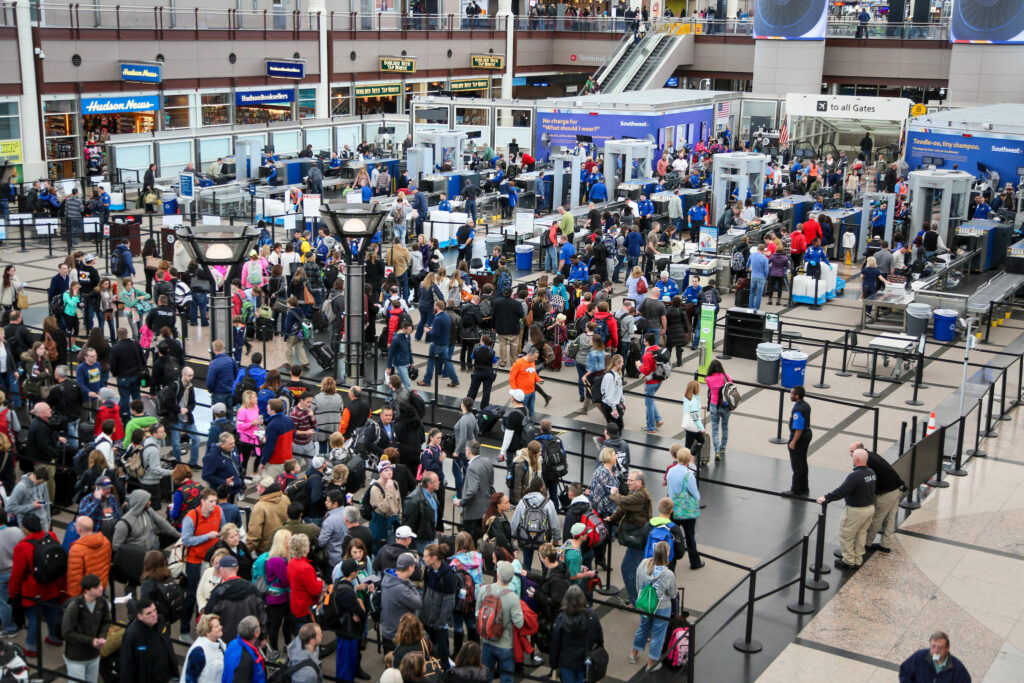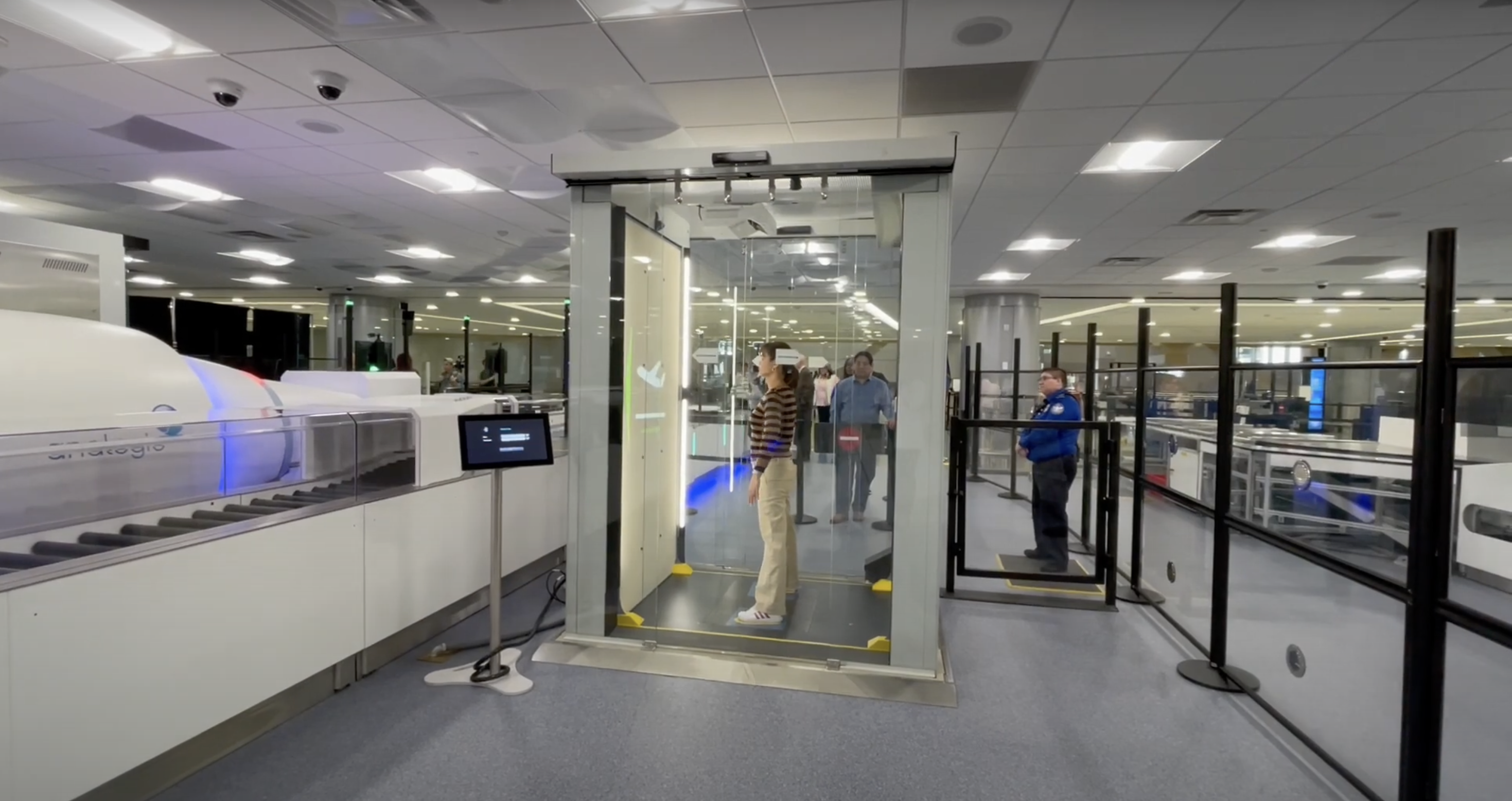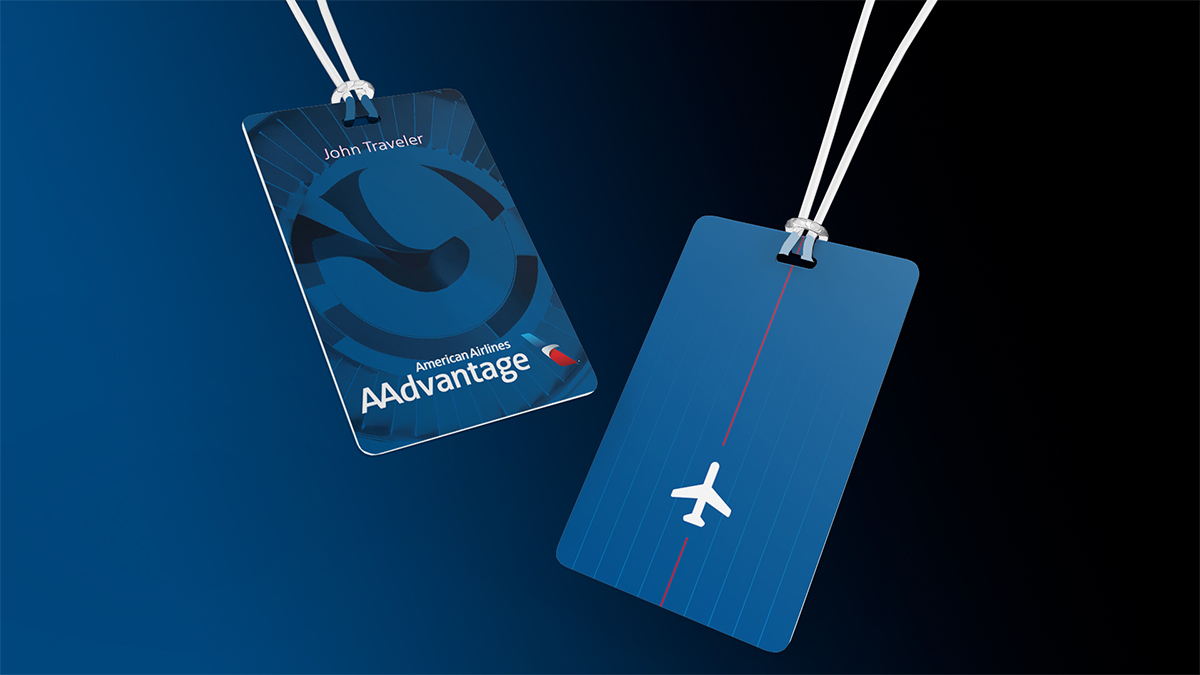In years gone by, an airline passenger could walk from the airport parking lot to the ticket counter to the gate without removing shoes, belts, or coats or having personal items X-rayed. Alas, given the current security situation, those days are long gone.
With air travel numbers across the country continuing to climb in the wake of so-called ‘revenge travel’ and a steady return of business travelers, the screening processes of today will become “untenable” in the future, according to the Transportation Security Administration (TSA).
“Ever since 9/11, many of us have become accustomed to arriving at medium- or large-size airports 90 minutes or more before our flights leave to allow adequate time for security screening,” notes airline industry analyst Henry Harteveldt, president of Atmosphere Research Group.
However, that may be about to change at U.S. airports. The TSA is piloting new technology and design innovations to streamline the process and “improve the passenger experience” without compromising security.
TSA PreCheck Woes
“If the new screening procedure works well, it may become possible for domestic business travelers with TSA PreCheck to arrive no more than an hour before departure on most days,” Harteveldt says. “That returns valuable, almost priceless time to business travelers.”
The ultimate goal of the initiative, dubbed ‘Screening at Speed,’ is “moving passengers through the checkpoint in a continuous manner,” according to the program’s development roadmap created by TSA in 2020.
Coupled with current trusted traveler programs like TSA PreCheck and Global Entry, the system promises to allow passengers to complete the screening process with minimal to no interaction with TSA officers.

Photo: Courtesy of Denver International Airport.
“PreCheck has become so popular, I have seen the PreCheck lanes that are busier than the standard lanes,” says Bruce McIndoe, president of McIndoe Risk Advisory, a security consultancy. “These self-check lanes will be limited to PreCheck travelers, and properly implemented, will speed up the process and reduce queue times.”
The program has reached the contracting stage, with pilot programs deploying both self-service and automated screening options.
Four separate contracts have been awarded to three companies: Micro-X of Federal Way, WA, Vanderlande Industries Inc. of Marietta, GA, and Voxel Radar of San Francisco.
What Happens in Vegas…
The Micro-X design was demonstrated at CES in Las Vegas in January. This pod-based system has a compact screening system for carry-on baggage and a flat panel display with interactive instructions.
Micro-X is also developing a small Computed Tomography (CT) X-ray system for self-screening carry-on bags and personal items. This system began its multi-month demonstration and data collection in December at the Transportation Security Laboratory in Atlantic City, NJ.
The Vanderlande self-service prototype, known as the PAX MX2, premiered in Las Vegas in January at Harry Reid International Airport. It was initially rolled out at the TSA Transportation Systems Integration Facility at Reagan National Airport in Washington, DC, in March 2023.
The PAX MX2 combines Vanderlande’s automated carry-on bag conveyance with new and existing TSA equipment to create four integrated stations per checkpoint lane. Each station includes a screening portal with automated entry and exit doors. Once travelers are screened, the automatic exit door opens, allowing them to gather their belongings and continue to their flights.
If successful, Harteveldt says the Vanderlande system test could produce a “breakthrough” in security screening efficiency. “If the Las Vegas test is effective,” he says, “and the new equipment and ‘walk through’ procedure is implemented elsewhere, the biggest quality improvement travelers will notice will be speed.”
Optimistic Outlook
Another system being developed is Voxel Radar’s in-motion advanced imaging panel sensors. In August, the panels were sent to the TSA laboratory for mock passenger scans to evaluate the system’s capabilities and develop preliminary algorithms.
These panels are designed to be integrated into the Micro-X prototype to screen passengers in near real-time as they remove their belongings. They can also be used as an independent screening technology. In the future, the technology may be adapted to screen travelers as they walk through security.

Photo: Courtesy of U.S. Department of Homeland Security / Lauretta AI, LLC.
Eventually, the aim is to create the security checkpoint of the future, “increasing security effectiveness from curb to gate while dramatically reducing wait times and improving the passenger experience,” according to the agency.
“Effective screening technology offered to individuals who can quickly sequence through the process would be a major enhancement for the business traveler and significantly reduce the need to increase TSA staffing levels as volumes increase,” McIndoe says.
“The airport security experience that we’ve all come to know could soon look and feel a lot different – in a very good way – for both passengers and TSOs,” says Christina Peach, branch manager for the TSA’s Innovation Task Force.





